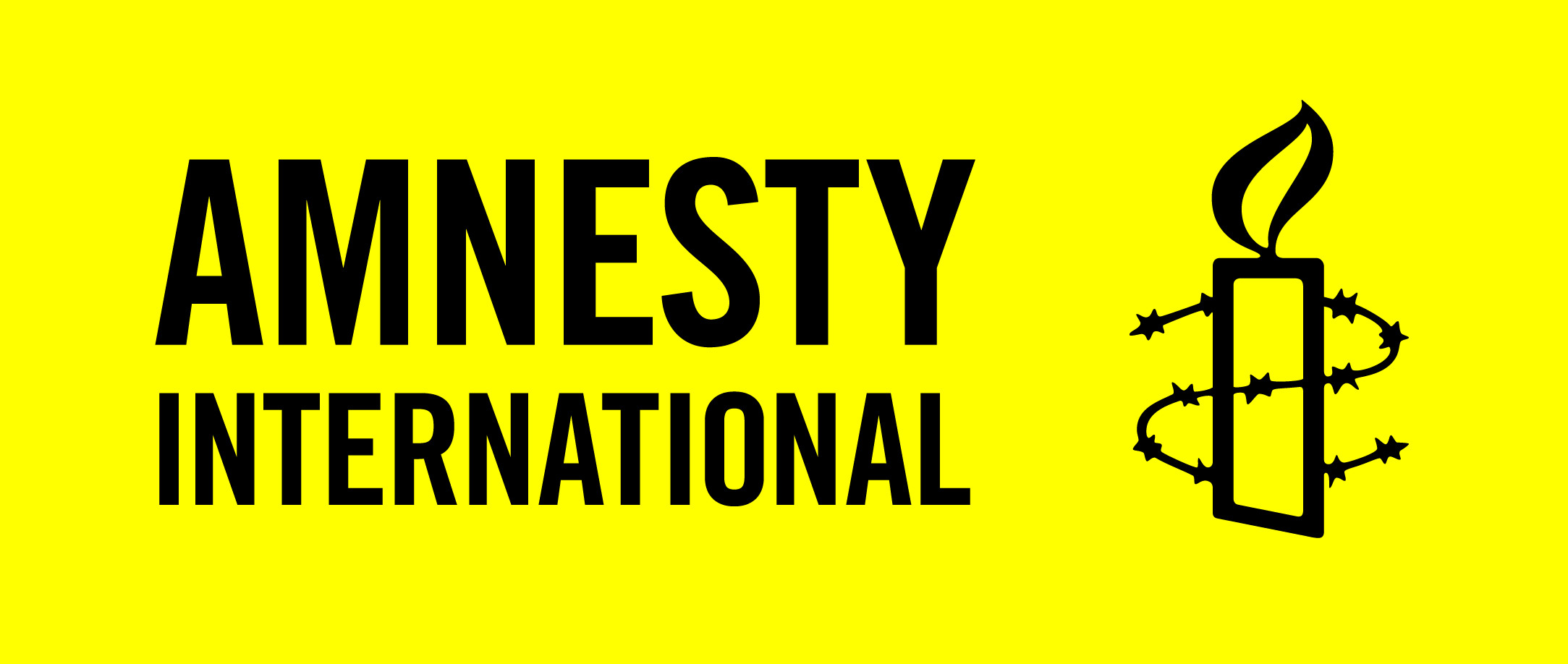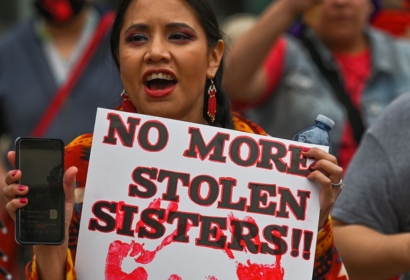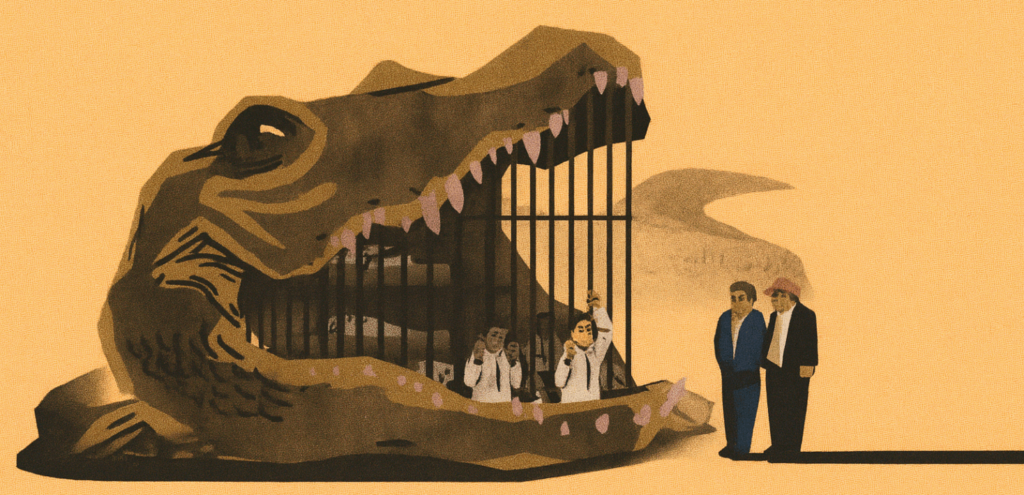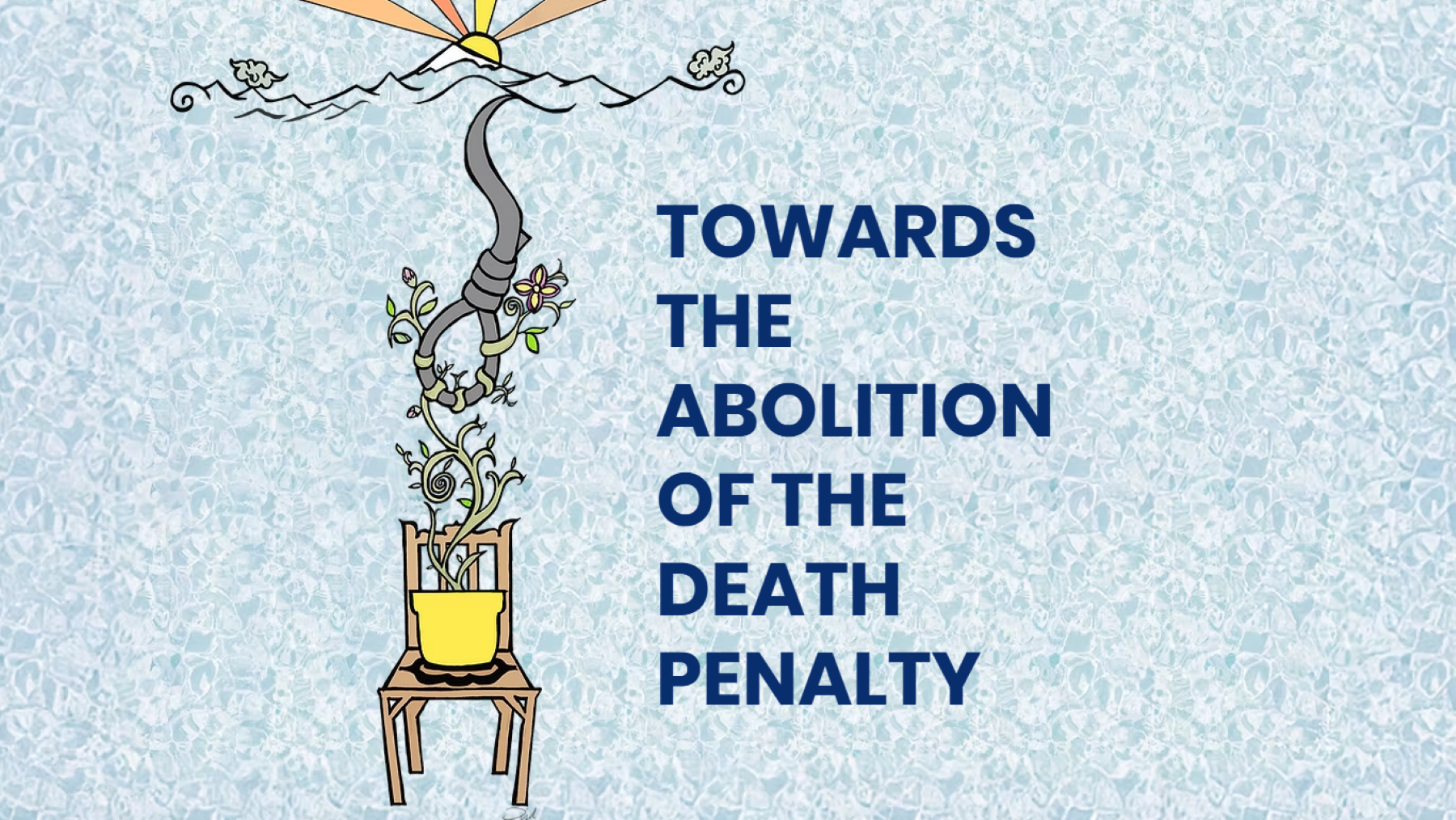In the last week of October, Amnesty International Canada’s team travelled across Nova Scotia as part of our ongoing racial justice work—listening to African Nova Scotian communities and learning about the human rights challenges they continue to face. From Preston to Halifax, each stop revealed not only enduring systemic injustices but also powerful stories of resilience, leadership, and collective action.
This journey culminated in a purposeful outreach and information session in Halifax—an intentional act of solidarity with Black Canadian communities, youth, and elders. Anchored in the living memory of Africville, the gathering honoured the deep currents of struggle and resistance that have shaped the African Nova Scotian experience. Through this work, we aim to weave Amnesty International’s commitment to decolonization, grassroots partnership, and inclusive movement-building into the fabric of one of the nation’s most historic centre of Black life.

Peoples of African descent have been integral to Nova Scotia’s history, shaping its culture and identity for over 400 years. Home to Canada’s largest historic Black community, Nova Scotia is often regarded as the birthplace of Black culture in the country. Today, African Nova Scotians trace their roots to 52 historic settlements—including Africville, East Preston, Shelburne, and Beechville—formed through waves of migration: Black Loyalists after the American Revolution (1782–85), Trelawney Maroons from Jamaica (1796), refugees from the War of 1812 (1813–15) from United States, and Caribbean immigrants in the 1920s. Despite systemic barriers these communities have endured, they have thrived – leaving a legacy of resilience and contribution that continues to enrich Nova Scotia.
First stop: Honoring History in Africville
Our journey began in Africville, once a vibrant Black community in north Halifax that has recently gained global recognition as Canada’s first UNESCO “Place of History and Memory” associated with enslavement and the transatlantic slave trade. The designation, part of UNESCO’s Routes of Enslaved Peoples Programme, commemorates sites tied to slavery, abolition, and resistance.
Africville was a close-knit community with stores, a post office, and a cherished church, yet it lacked basic municipal services like running water, sewers, and paved roads.
Despite municipal neglect and the routine harm caused by nearby dump sites, Africville remained close to downtown Halifax and was a vibrant, thriving community with a deep sense of belonging. The municipality labelled it a slum. In 1964, the city voted to clear Africville for industrial development. Homeowners with deeds received compensation equal to their property value, while long-time residents without deeds were offered just $500.
Africville’s history stands as both a testament to Black perseverance and a reminder of the injustices that continue to shape our present. We visited Africville museum and listen and learn from Africville’s own former residents: Beatrice Wilkins and Bernice Byers-Arsenault who were little kids when the community was removed from their land.
Second stop: Listening and Learning in Preston Township

In Preston Township, we held a community listening session to hear directly from residents about the human rights challenge they face. The discussions exposed deep inequities in justice, housing, policing, and land rights—issues that demand urgent and accountable action. Despite generations of neglect, the community continues to organize, advocate, and lead with vision and determination.
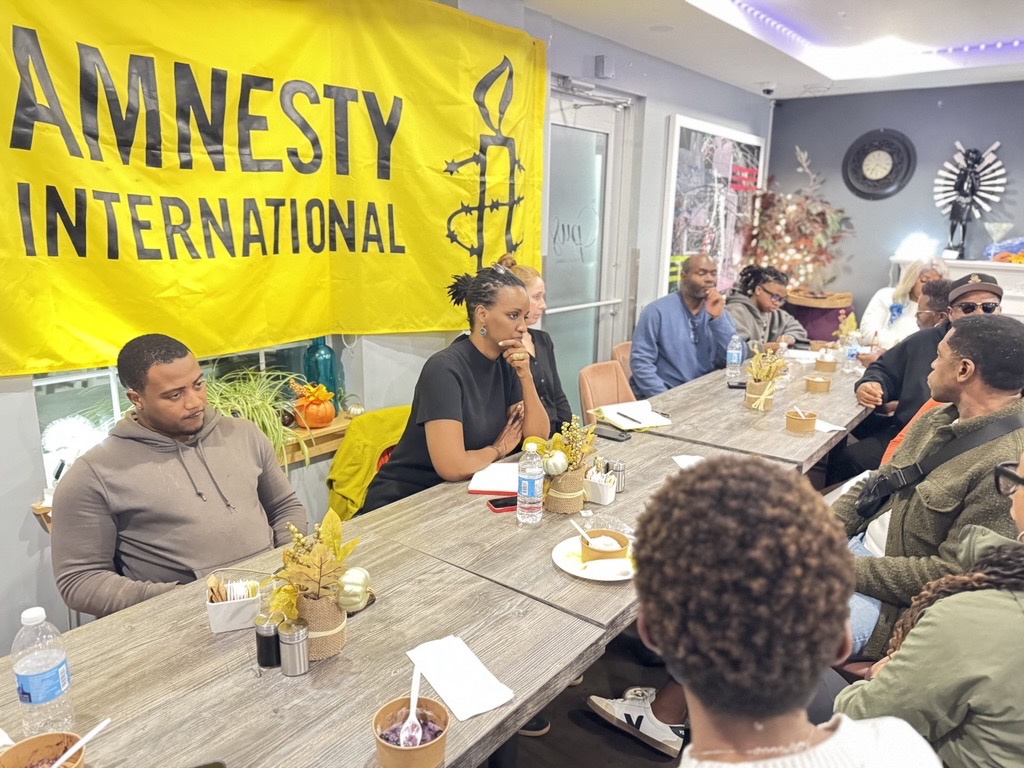
Third stop: Building Solidarity and Celebrating Black Excellence in Truro
In Truro together with our partners at the African Nova Scotian Justice Institute (ANSJI), our visit began with a listening session at the Lions Club, bringing together community leaders, elders, organizers, political representatives, RCMP officers, and other allies to discuss human rights issues affecting African Nova Scotian communities.
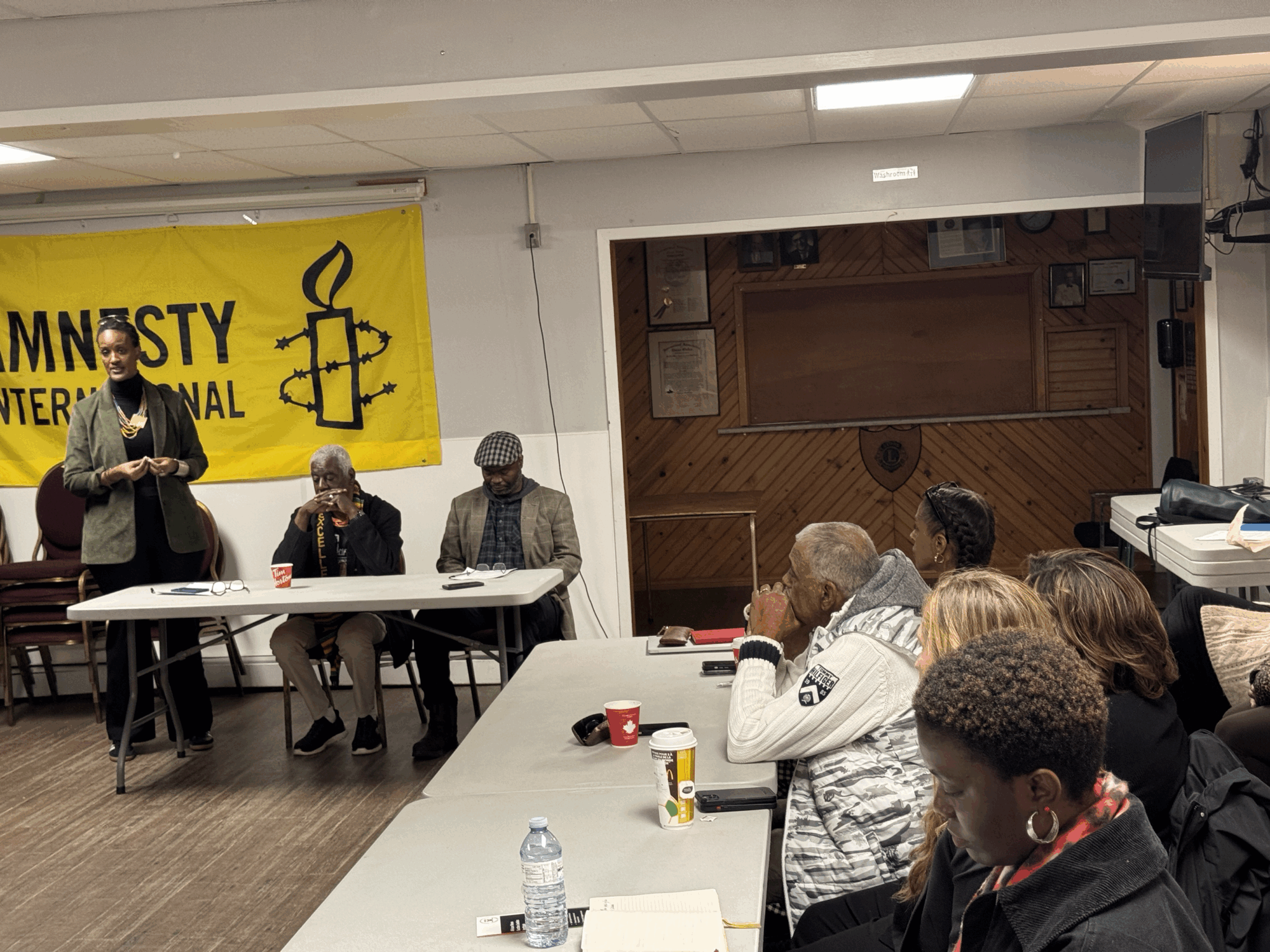
Following the session, we joined a guided tour of historic and contemporary African Nova Scotian settlement areas and significant cultural landmarks. Through these visits, we learned about the deep roots of settlement, resilience, and cultural contribution that continue to shape the province’s history.
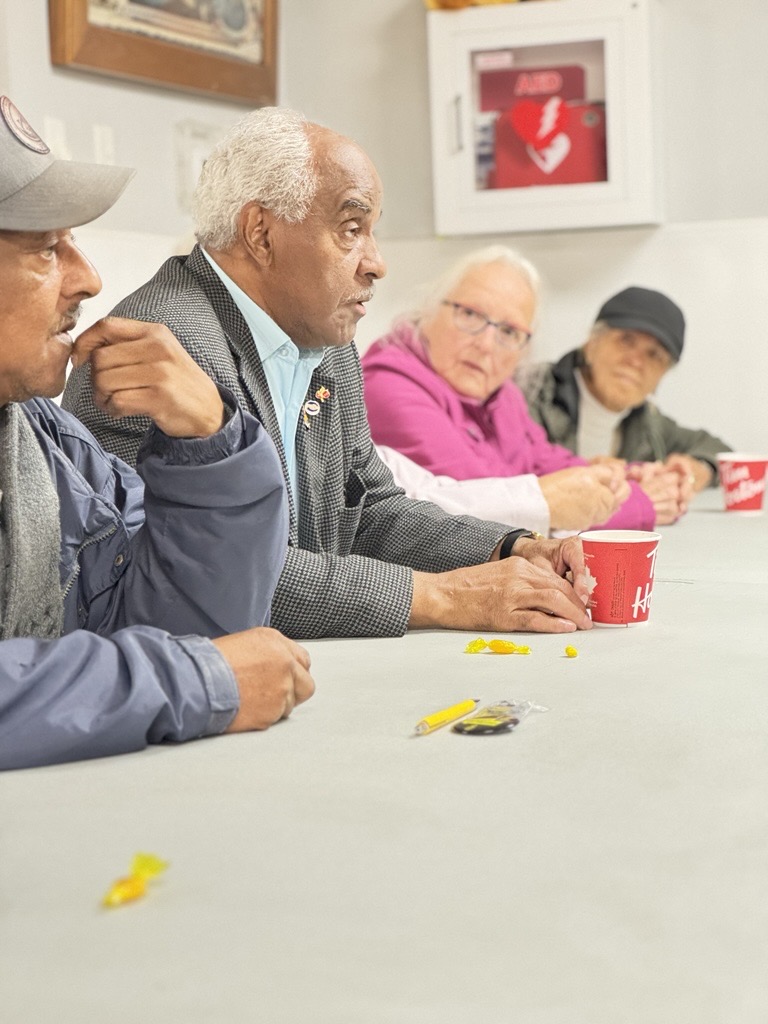
The day culminated in a community dinner, followed by a powerful drumming performance—a celebration of Black excellence, unity, and resistance. The rhythm of the drums carried the stories of ancestors and the strength of generations determined to build a more just and equitable future.
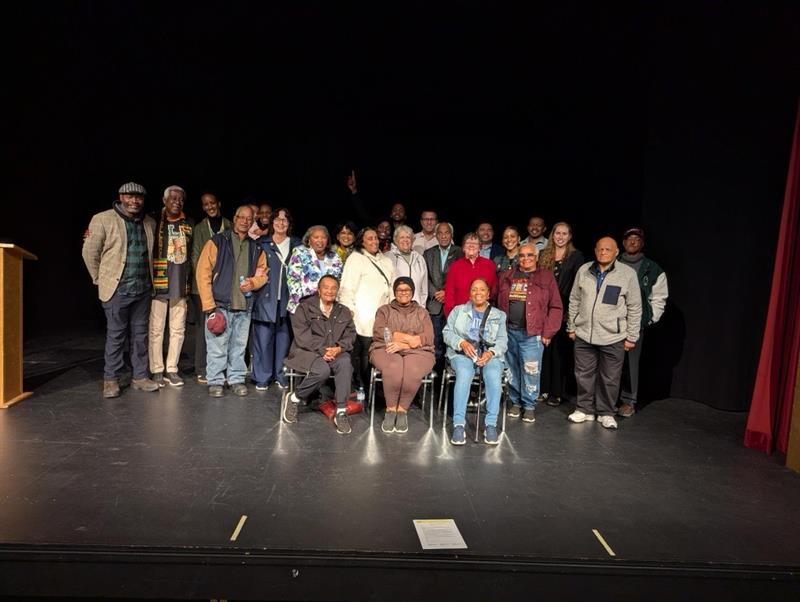
Stop four: Community-Led Change in Digby
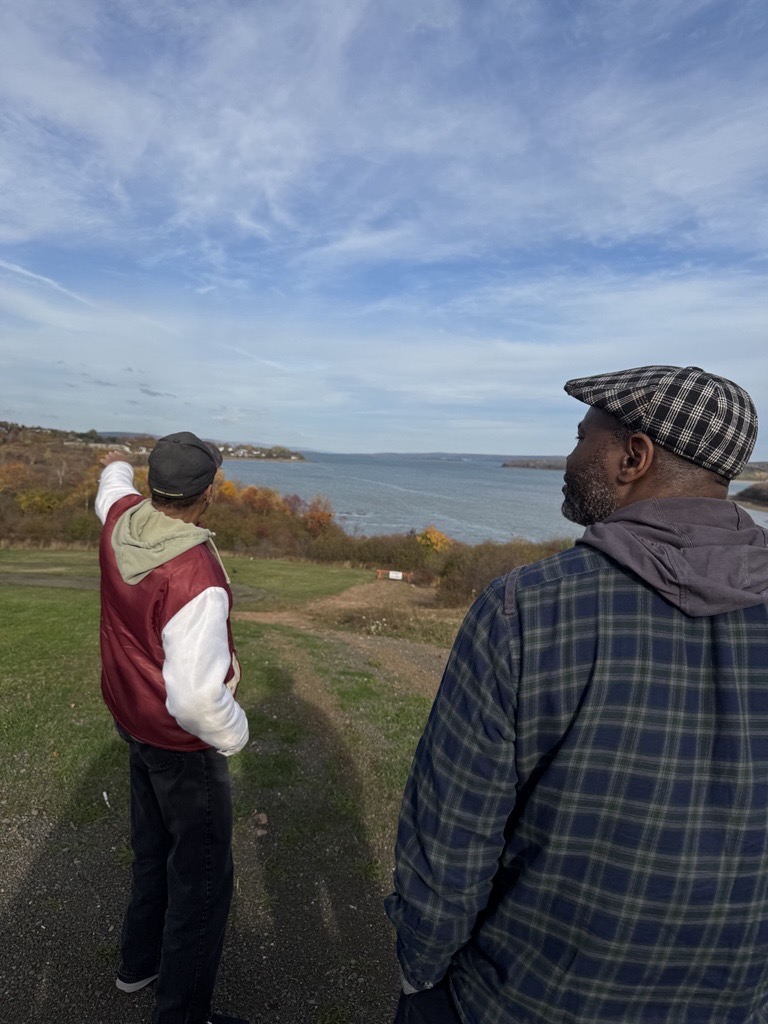
In Digby, at the Jordantown, Acaciaville, Conway Betterment Association (JACBA) Centre of Excellence, we met with local community members to discuss the unique human rights challenges facing African Nova Scotians in the region.
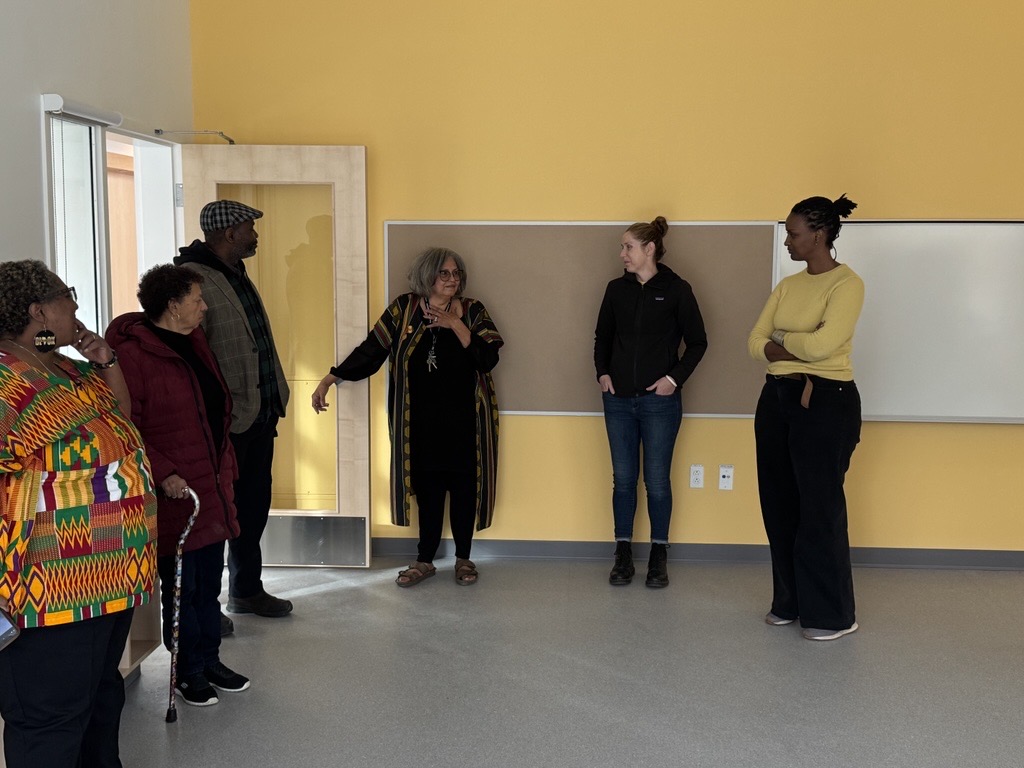
The Black communities of Digby County—Jordantown, Acaciaville, and Conway—trace their ancestry to the Black Loyalists who arrived after the American War of Independence, promised land and freedom in return for their loyalty to the Crown. Those promises, however, were not kept. The result was a community marginalized economically and socially, most visibly through segregation in education that persisted into the latter half of the 20th century.
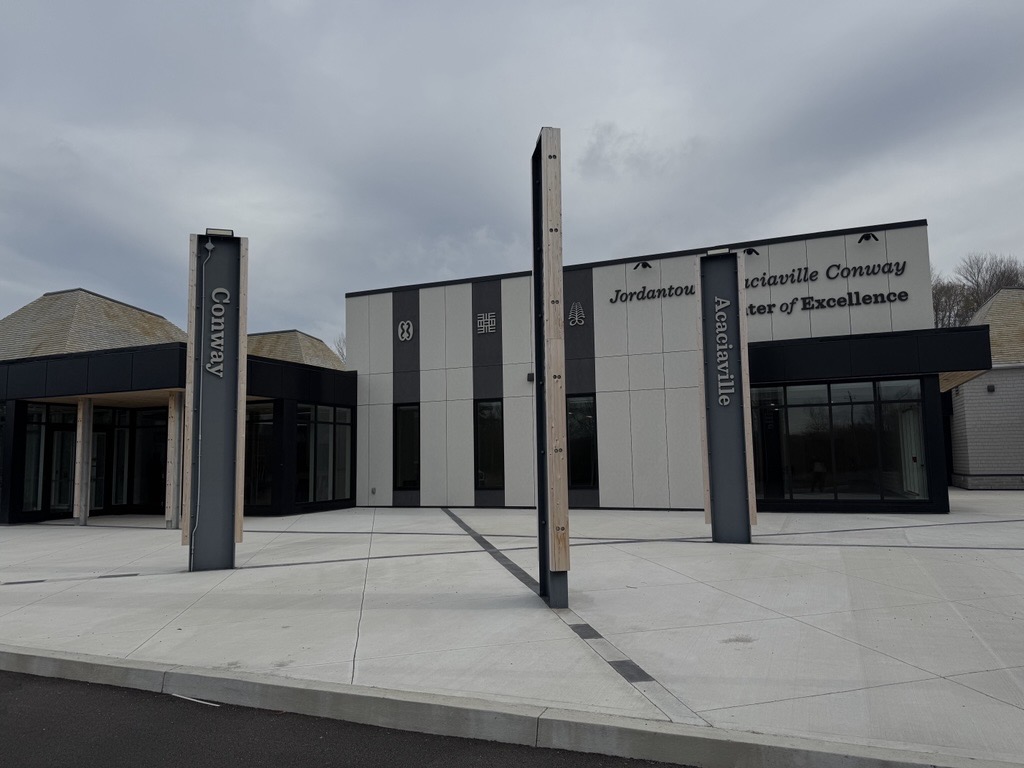
Acts of resistance and organizing in response to these injustices led to a settlement agreement with the Nova Scotia Human Rights Commission. One of its outcomes was the establishment of a community centre—now realized through JACBA’s leadership.
Since 1973, JACBA has worked to honour veterans, promote education, cultural awareness, recreation, and wellness, and strengthen inclusion across the region. Today, with support from local communities, the Province of Nova Scotia, the Government of Canada, the Municipality and Town of Digby, and academic partners such as Acadia University, NSCC, and Université Sainte-Anne, JACBA is leading efforts to build a new 15,000-square-foot community centre.
Fifth stop: Environmental Racism and Resistance in Shelburne
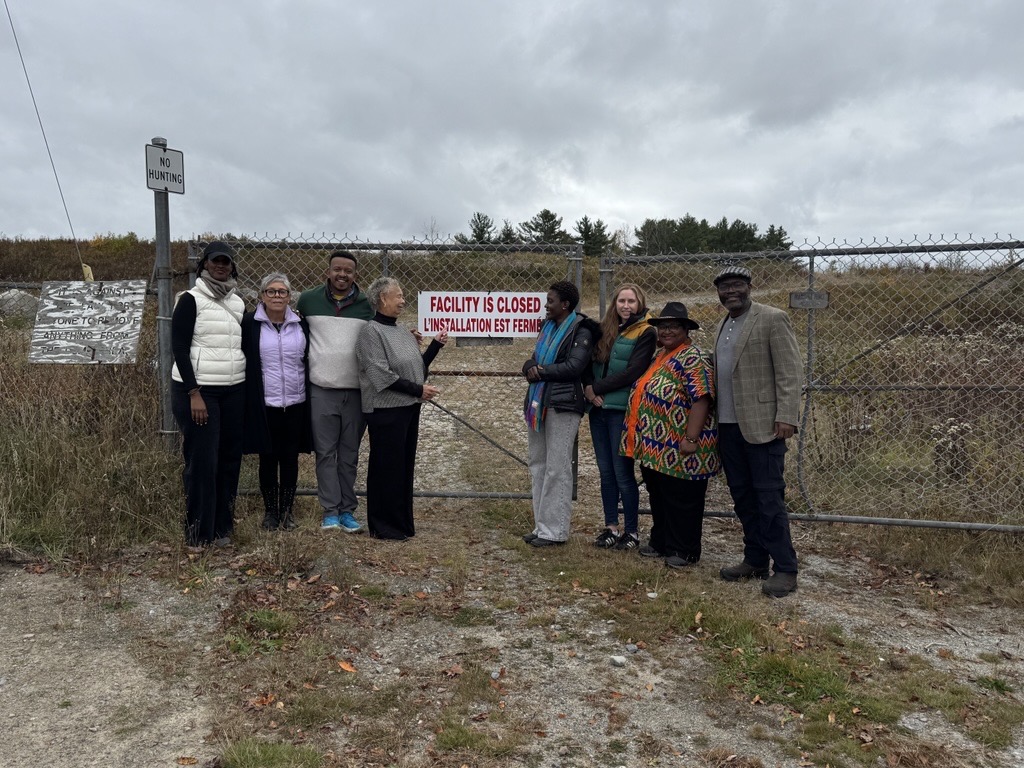
In Shelburne, we visited historic Black neighborhoods and former Black Loyalist landing sites, tracing the legacy of those who built communities rooted in courage and hope. We also toured the dump site—a stark example of environmental racism—established in the middle of a Black community. This site, linked to serious health impacts, later gained international attention through the acclaimed documentary “There’s Something in the Water.”
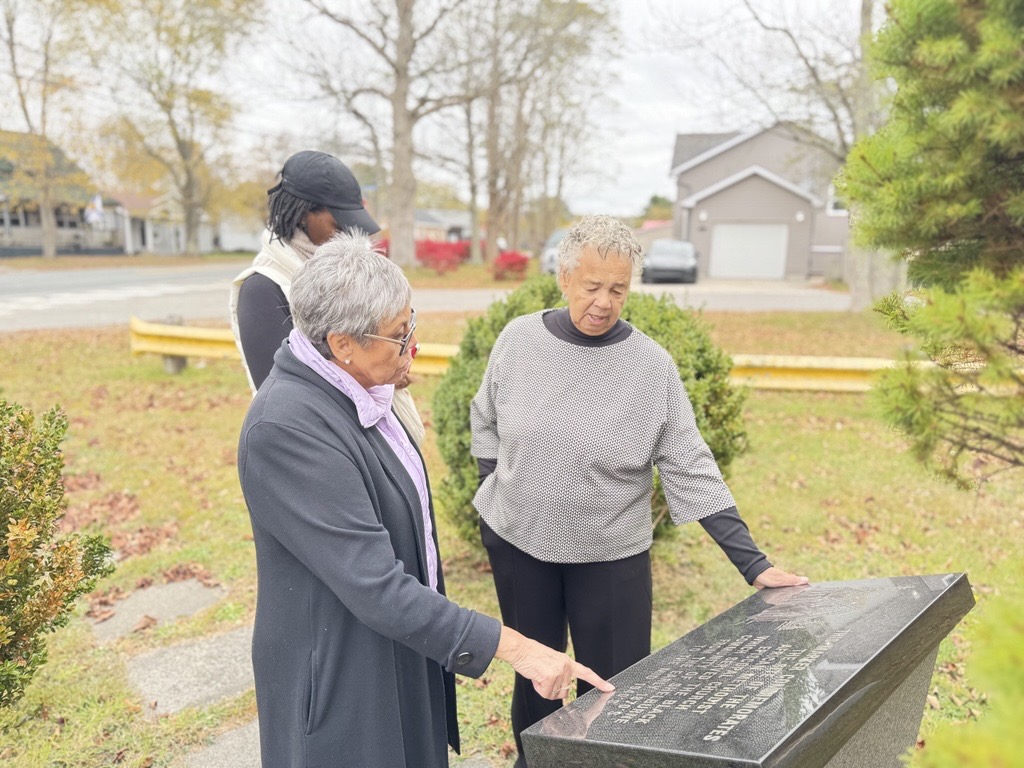
Following the tour, Amnesty International hosted a roundtable with community leaders, faith leaders, activists, and former athletes, where participants shared moving reflections on the ongoing struggle for justice and equality.
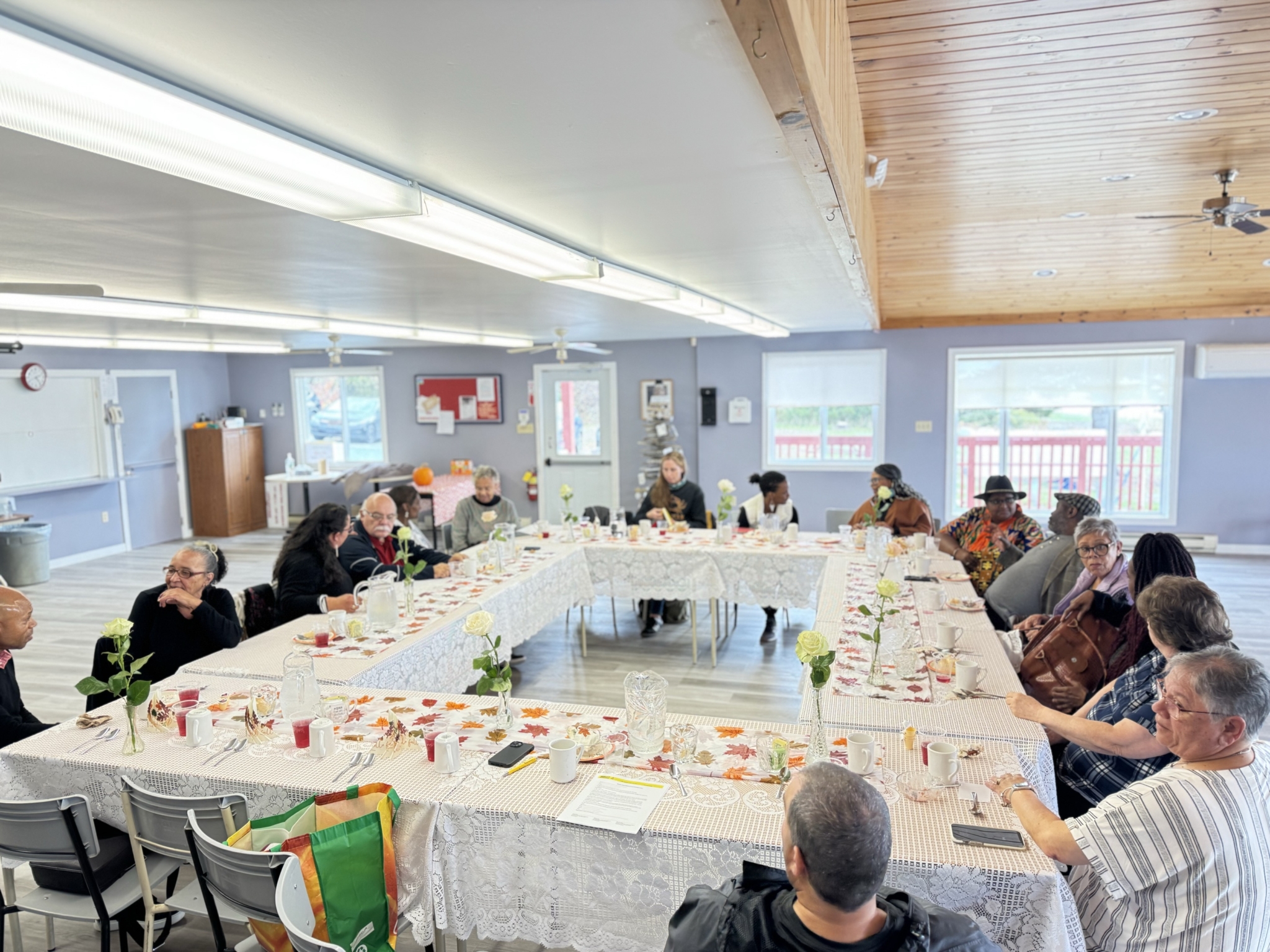
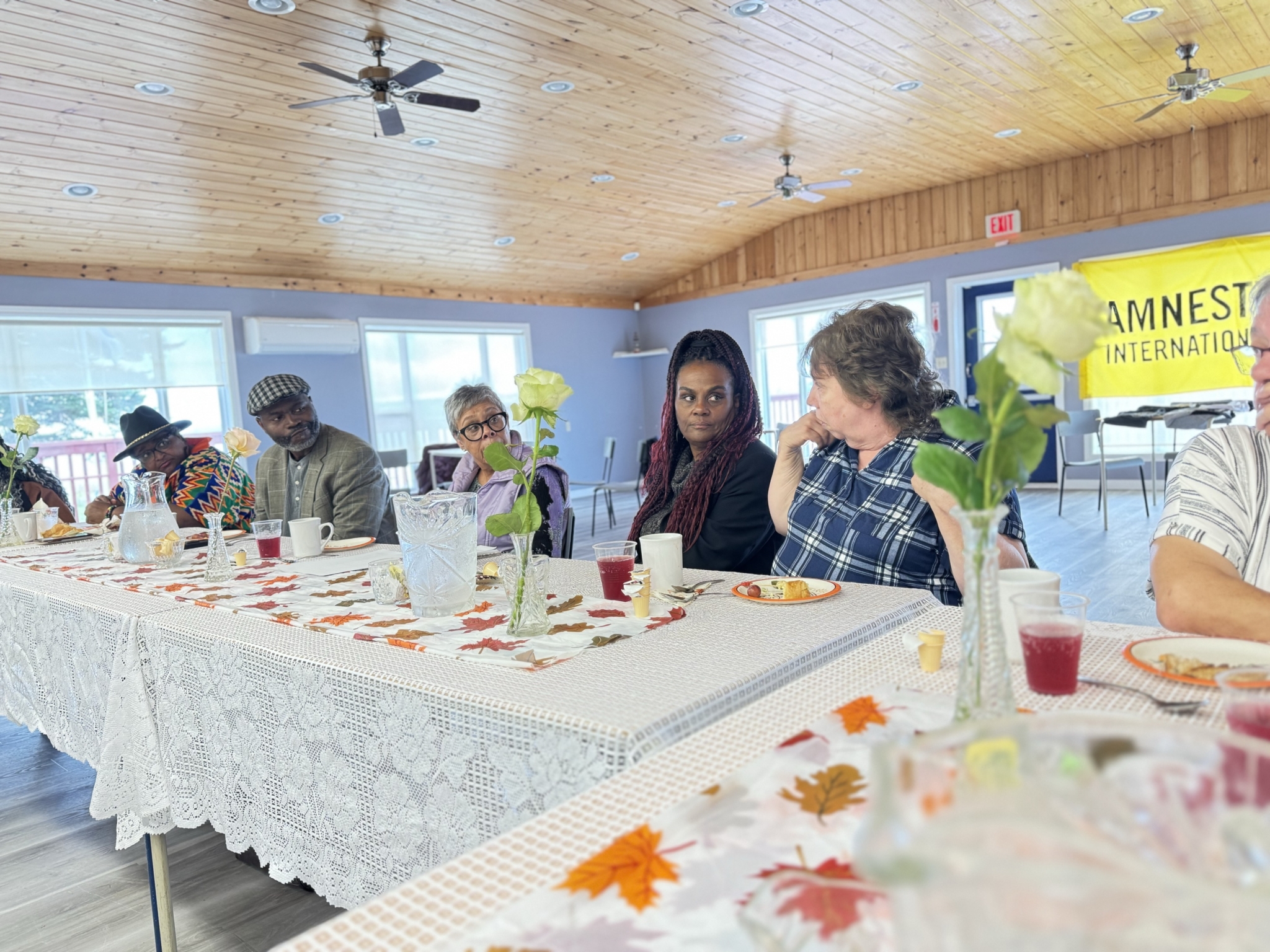
The evening concluded with a visit to the Black Loyalist Heritage Centre, where we were warmly welcomed by the Executive Director and guided through exhibits that tell the story of survival, resistance, and the continuing pursuit of dignity and human rights.
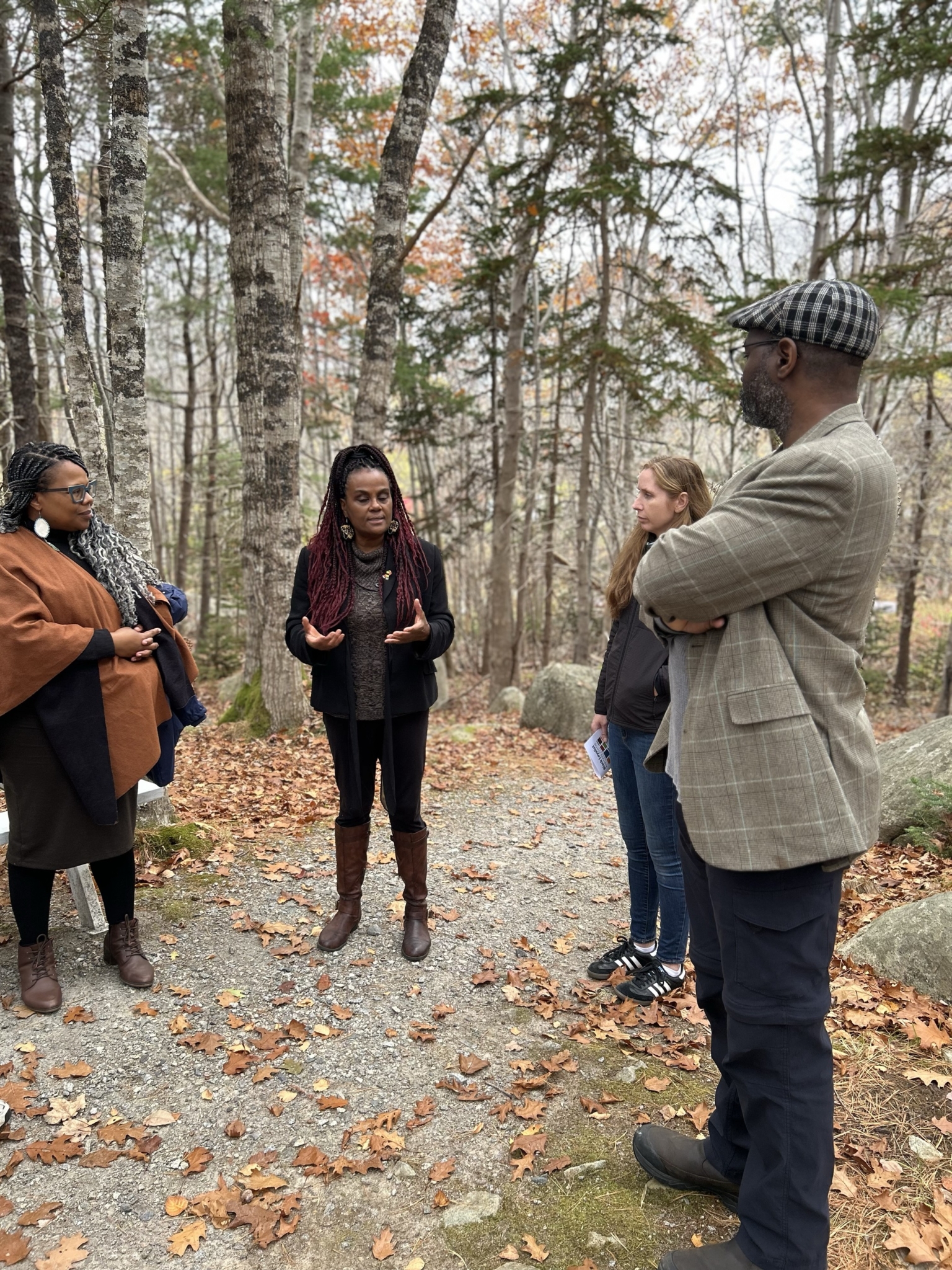
Last stop: Collective Action for Justice in Halifax
The visit concluded on October 31 in Halifax, where Amnesty International and ANSJI co-hosted a roundtable on justice and human rights affecting Black Nova Scotians. Academics, civil society leaders, activists, political representatives, and community organizers came together to strengthen coalitions and chart pathways for collective action.

The energy in the room reflected a shared commitment: to move from conversation to transformation, from listening to lasting change.
A Call to Continue the Work
Across every community we visited, the message was clear: African Nova Scotian communities continue to face systemic barriers—but their leadership, history, and organizing remain a driving force for justice.
Amnesty International is deeply committed to listening, amplifying these voices, and standing alongside communities in the ongoing struggle for equality, dignity, and human rights.
In the coming months, we will work with African Nova Scotian community leaders to identify key areas for collaboration in research, advocacy, activism, and campaign efforts. Once actionable priorities are established, we will keep our members and supporters informed and engaged in collective actions to advance justice and human rights for African Nova Scotian communities. Stay tuned!
